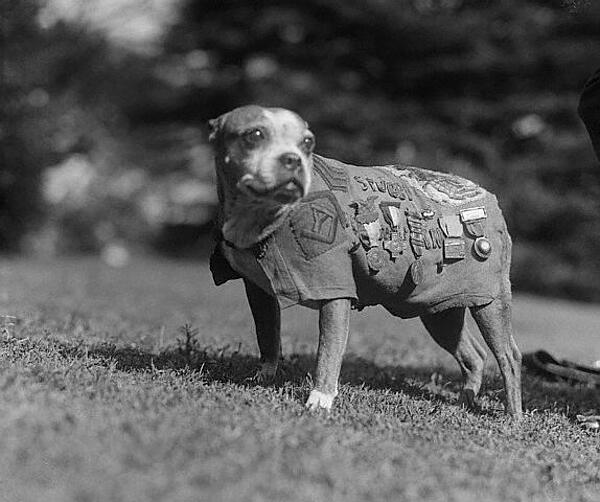Animals in World War One
Animals were an enormous part of World War One, making an almost unfathomable contribution to the success of the Allied forces.
Although many different species took part in the war effort, by far the greatest contributions came from horses, dogs and pigeons.
Horses
Horses began their time in the war as they had many before it - by acting as mounts for mass cavalry charges. However, this quickly proved to be ineffective against the new weapons technology as it was far too difficult to attack the enemy when being bombarded by rapid rifle and machine gun fire.
In spite of this, horses made a significant contribution by aiding with reconnaissance and logistics. Specifically, they were able to pull heavy weapons such as artillery and could even transport other munitions and resources close to the front lines. In total, it is believed that 800,000 horses and mules were still in service by the end of the war
Dogs
Dogs took on many roles during the war, from logistics assistants to medical assistants and companions to men injured in battle. One of their most important roles was to transport medical supplies that would help injured soldiers treat themselves so they could make it back to the trenches. However, they would also sit beside men as they died from their wounds.
Dogs also provided protection in the trenches, alerting men when enemies were close and frequently foiling the plans of enemy spies. The most famous dog to take on this role was Stubby, a Staffordshire Bull Terrier (pictured below).

Pigeons
Pigeons arguably had the biggest role to play, becoming the only effective method of communicating in many cases. Without strong telephone or radio connections, the front lines had very little means of communicating with the commanding officers, and vice versa.
However, homing pigeons were able to travel hundreds of miles with very little knowledge of where their loft was located, transporting incredibly important messages as they flew. They were considered so important, in fact, that the Defence of the Realm Act in 1916 decreed that the killing or wounding of a homing pigeon was punishable by six months imprisonment.
Click on the links below to find out more about the impact of these three species on the war:
MLA Citation/Reference
"Animals in World War One". HistoryLearning.com. 2024. Web.
